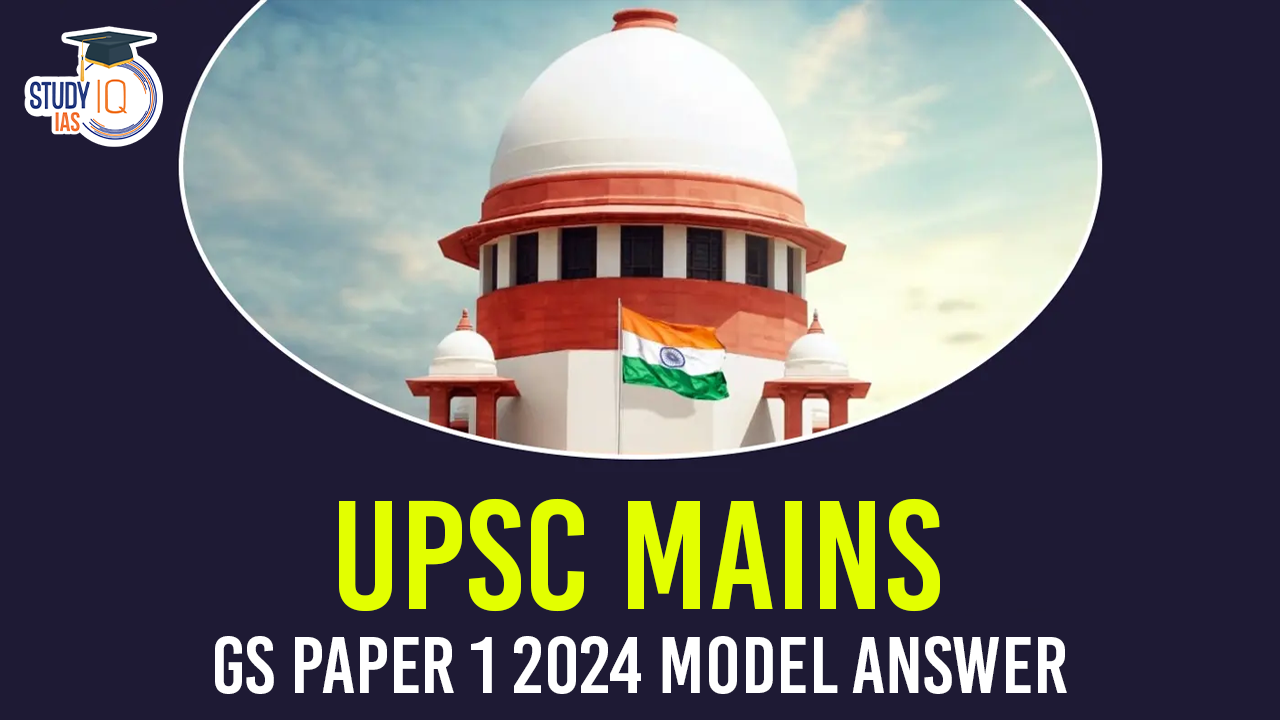Table of Contents
Introduction
- Begin your answer with the definition of cloudbursts-sudden spell of localized, heavy rainfall over a small area.
- Give examples of major cloudburst events in India-Kochi (2024), Sikkim (2023), Pahalgam (2022), Chamoli (2021)
Body
-
- Mention when do cloudbursts occur-common from May-September, where do they occur-can occur in plains but more likely to occur in hilly and mountainous regions because of terrain and elevation.
- Mechanism of cloudbursts-
-
- Occurs when moisture-rich air (provided by low-level eastern winds associated with a low-pressure system over the Gangetic plains) rises over mountains, forming Cumulonimbus clouds.
- The orographic lift supplies energy for cloudbursts, typically happening at 1,000-2,500 metres above sea level.
- often triggered by cyclonic circulations, low-pressure systems, or air mass interactions, adding atmospheric instability.
- Add a diagram showing the mechanism of cloudburst
- Difference between heavy rainfall and cloudburst
- Rain is condensed water falling from a cloud, which may or may not be intense
- Rain over 100mm per hour is categorized as a cloudburst→Heavy rainfall can be classified as a cloudburst only if it fits the criteria set by IMD
Conclusion
- You can highlight that Cloudbursts have become a significant concern in the Indian subcontinent, due to changing climate patterns and increasing human habitation in vulnerable areas.
- Emphasize the need for robust urban planning and sustainable infrastructure development strategies to minimize damage.
| Related Post | |
| UPSC Mains GS 1 Question Paper 2024 | UPSC Mains GS 1 Analysis 2024 |
| UPSC Mains Essay Question Paper 2024 | UPSC Mains Essay Analysis 2024 |
| UPSC Mains GS 2 Question Paper 2024 | |


 UPSC CAPF Interview 2024 Dates Out: Chec...
UPSC CAPF Interview 2024 Dates Out: Chec...
 UPSC Notification 2025: Download PDF, IA...
UPSC Notification 2025: Download PDF, IA...
 CDS Syllabus 2025, Download Subject Wise...
CDS Syllabus 2025, Download Subject Wise...





















